When it comes to unloading semi-trailers, the significance of adhering to OSHA (Occupational Safety and Health Administration) regulations cannot be overstated. The challenges faced during the unloading process, from potential hazards to worker safety, are substantial. This article delves deeply into the complexities surrounding OSHA compliance when unloading semi-trailers, offering insights that can help ensure safety and legality in your operations.
The Importance of OSHA Regulations in Freight Handling
OSHA regulations are designed to safeguard workers from hazardous working conditions. When unloading semi-trailers, various risks come into play, including:
- Heavy Machinery Use: Forklifts and pallet jacks may be employed, presenting dangers such as tipping or collisions.
- Load Distribution: Improper load placement can lead to quick shifts when unloading, risking injuries.
- Environmental Factors: Weather conditions and uneven surfaces can contribute to slips, trips, and falls.
Key OSHA Standards Applicable to Unloading Semi-Trailers
To ensure compliance, one must be familiar with several specific OSHA standards relevant to unloading operations. Here’s a detailed look at these standards:
| Standard | Relevant Sections | Description |
|---|---|---|
| 29 CFR 1910.178 | Powered Industrial Trucks | Guidelines on the safe operation of forklifts, including training requirements and operational procedures. |
| 29 CFR 1910.23 | Guarding Floor and Wall Openings | Requirements for guardrails and other safety measures to prevent falls during unloading. |
| 29 CFR 1926.501 | Duty to Have Fall Protection | Mandates fall protection systems for employees involved in unloading at elevated levels. |
| 29 CFR 1910.1200 | Hazard Communication | Ensures that workers are aware of chemical hazards from cargo being unloaded. |
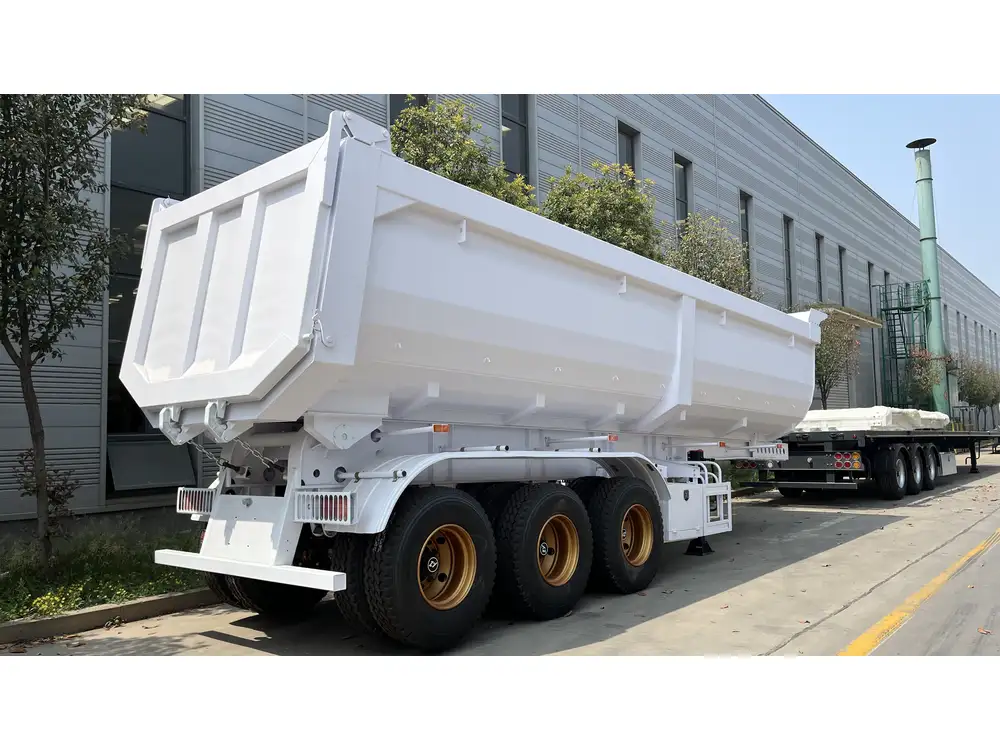
Common Hazards When Unloading Semi-Trailers
Understanding the hazards inherent in unloading operations is crucial for compliance and safety:
- Slips, Trips, and Falls: These can occur due to wet surfaces, debris, or uneven ground.
- Struck-by Incidents: Workers can be injured by moving vehicles or falling loads.
- Overexertion: Lifting heavy items improperly can lead to musculoskeletal injuries.
- Chemical Exposure: Unloading hazardous materials without proper safety precautions can lead to serious health risks.
Practical Solutions for Mitigating Risks
To address these hazards effectively, employers must implement detailed strategies. Below are some best practices to enhance safety and compliance:
1. Training Programs
Regularly scheduled training programs should be a staple in your operations. This includes:
- Forklift Safety: Ensure all operators are certified and undergo refresher courses.
- Hazard Recognition: Train employees to identify potential hazards associated with particular loads.
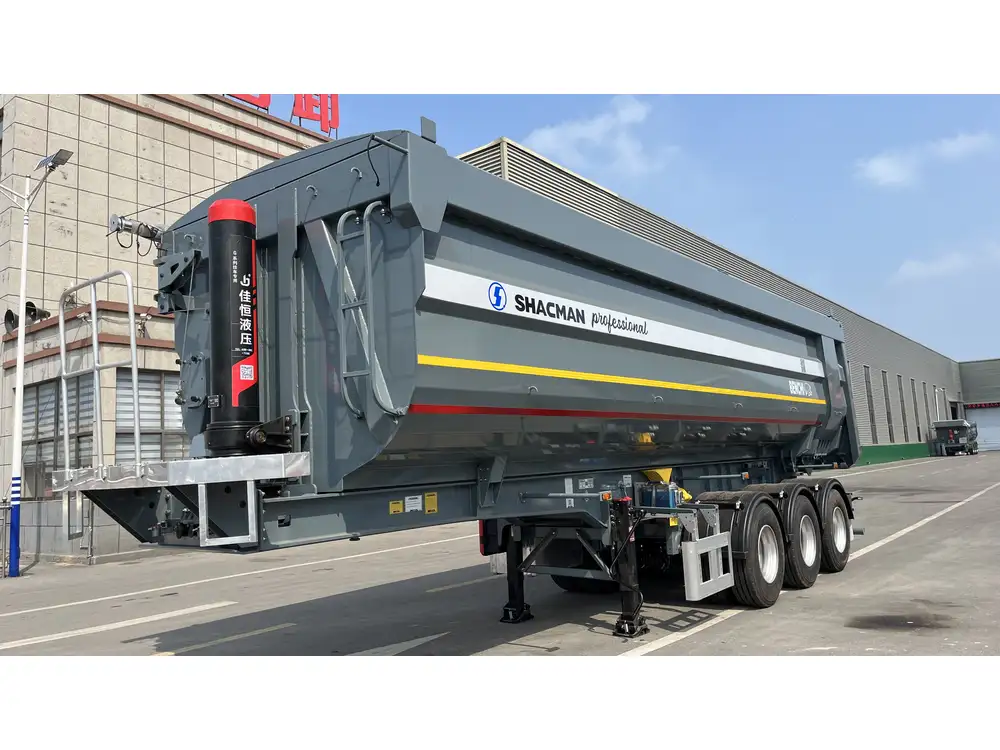
2. Use of Personal Protective Equipment (PPE)
Employees involved in the unloading process should be equipped with:
- Steel-toed boots to prevent foot injuries.
- High-visibility vests for promoting visibility near heavy machinery.
- Hard hats to safeguard against falling objects.
3. Proper Loading Techniques
Implement strategic methods for loading and unloading, such as:
- Load Distribution Techniques: Ensure loads are evenly balanced within the trailer.
- Use of Straps and Dunnage: Keep contents secured to prevent shifting.
Compliance Audits and Regular Inspections
Conducting regular compliance audits helps preemptively address safety issues. These audits should focus on:
- Equipment Checks: Inspect forklifts, pallet jacks, and unloading mechanisms for faults.
- Workplace Assessments: Regularly review the conditions of unloading areas, looking for hazards like debris or inadequate lighting.
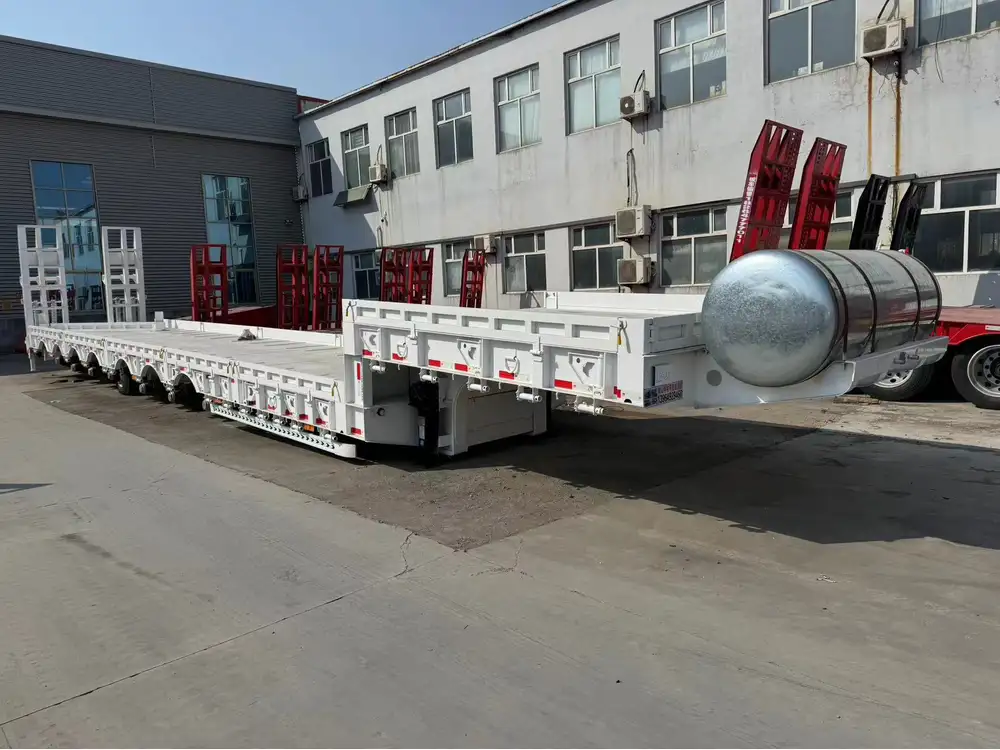
Legal Ramifications of Non-Compliance
Failing to adhere to OSHA regulations carries significant consequences, including:
- Fines and Penalties: Non-compliance can result in substantial monetary penalties that can cripple a business.
- Increased Liability: An accident could expose an employer to litigation risks.
- Damaged Reputation: Safety incidents can lead to a loss of clientele and decreased employee morale.
Understanding Your Responsibilities as an Employer
As a manufacturer and employer, understanding your legal responsibilities is essential. Employers must:
- Provide Safe Work Environments: OSHA mandates that workplaces be free from recognizable hazards.
- Establish Reporting Procedures: Create protocols for employees to report unsafe conditions or violations without fear of reprisal.
- Maintain Records: Keep detailed records of training sessions, safety equipment inspections, and incident reports.
A Summary of Best Practices for Unloading
To reinforce the core principles of unloading semi-trailers in compliance with OSHA regulations, consider the following checklist:
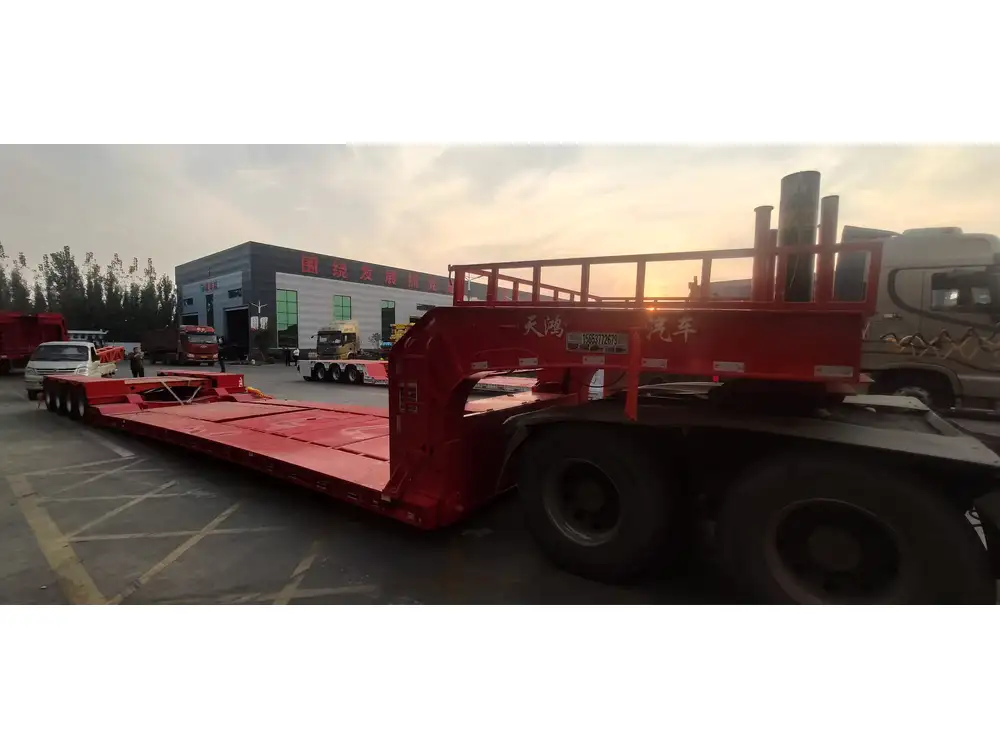
Best Practices Checklist
| Practice | Description |
|---|---|
| Conduct Training | Regularly train employees on safety and operational procedures. |
| Use PPE | Ensure all workers wear appropriate personal protective equipment. |
| Implement Safe Unloading Procedures | Utilize proper methods for unloading and securing loads. |
| Inspect Equipment | Regular checks and maintenance of machinery used. |
| Regular Workplace Assessments | Frequently assess the unloading area for hazards. |
| Establish Reporting Mechanisms | Create channels for reporting safety concerns effectively. |
Implementing a Culture of Safety
Fostering a culture of safety within your organization involves not just regulations but also a mindset where every employee recognizes their role in maintaining a safe workplace. To nurture this culture:
- Encourage Communication: Regular briefings and open-door policies can improve communication about safety concerns.
- Recognize Safe Practices: Acknowledge and reward employees who follow safety protocols strictly.
- Engagement: Involve employees in safety initiatives, making them feel part of the decision-making process.
Continuous Improvement
Compliance and safety are not one-time efforts; they require an ongoing commitment to improvement and adaptation to new best practices. Regularly review both OSHA guidelines and the evolving nature of your operations.
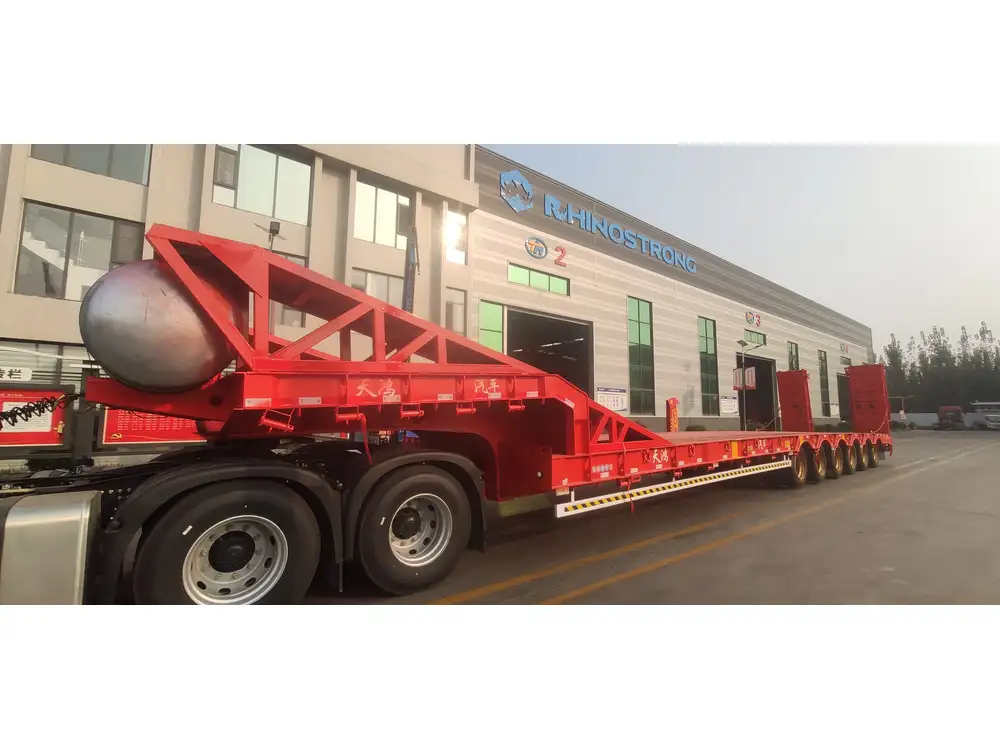
Final Thoughts
In a world where logistical operations are continually evolving, ensuring OSHA compliance while unloading semi-trailers becomes critical, not only for legal adherence but also for the overall well-being of employees. By developing comprehensive strategies, investing in training and equipment, and fostering an organizational culture that prioritizes safety, businesses can navigate the complexities of unloading semi-trailers effectively.
Emphasize that a commitment to safe practices can lead to enhanced operational efficiency, reduced costs, and improved employee satisfaction, creating a win-win scenario that mirrors the best of both worlds: compliance and productivity.



